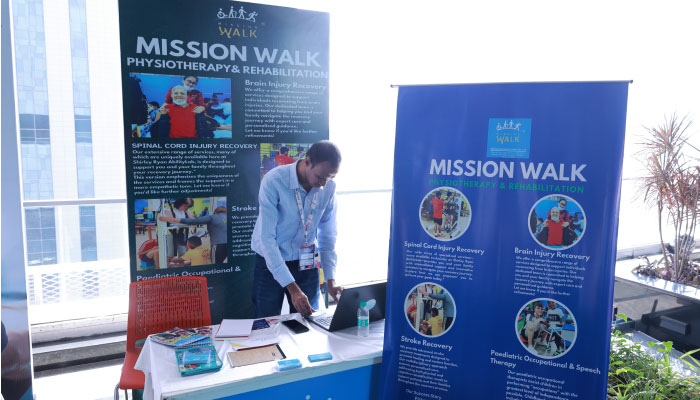The Complex Regional Syndrome also known as causalgia or Reflex sympathetic dystrophy syndrome was discovered by Dr. Siles Weir Mitchell MD. Dr. Mitchell was a genius who had interests in many fields. He was a toxicologist, psychiatrist, author, poet, father of neurology, pioneer in scientific medicine, hand surgeon and had a celebrity status in Europe and America.
About complex regional pain syndrome
The complex regional pain syndrome is a chronic pain that occurs after an injury affecting the legs and arms or any other part of the body. The severity of the pain depends on injury and it increases with time. The pain can occur rarely after surgery, stroke, heart attack or any other health problem as well.
Most of the people who have complex regional syndrome get it because of injury or illness that does not directly damage the nerves of limbs that are affected. This comes under Type 1 complex regional syndrome. If the complex regional syndrome occurs due to nerve injury, then it comes under Type 2 complex regional syndrome which is also known as causalgia. Other causes include gunshot wound, shrapnel blast, surgery, heart attacks, fractures, infections, and sprained ankles.
Symptoms
Complex regional pain syndrome causes intense pain and burning sensation in the arms, legs, foot or hand. The skin may become more sensitive, and change color from mottled white to blue or red. The skin may become cold and sweaty. The affected area of skin looks thin and shiny. There is damage, swelling, and joint stiffness. Changes in hair and nail growth are seen. There is atrophy of muscle with weakness and muscle spasms. The affected body part will be unable to move. The symptoms vary from person to person and the condition is irreversible.
Diagnosis
To diagnose this condition, a complete physical examination is done and medical history of the patient is taken by the doctor. A bone scan is done in which a radioactive substance is injected through the vein which is viewed by a special camera. The affected parts/ joints receive more circulation and this can be made out by the bone scan. A test known as Thermography test is done which helps in measuring the temperature of skin and flow of blood to the affected and unaffected parts of the body. X rays are taken to assess the mineral loss in bones in late stages of the disease. Tissue changes can be observed by MRI scan (magnetic resonance imaging) in which radio waves and magnetic field is used to capture 3D images of internal structures of the body.
Treatment
There is no cure for complex regional pain syndrome. The treatment is aimed at relieving the associated symptoms. For pain relief, over the counter medications like non steroidal anti inflammatory drugs like ibuprofen, aspirin, naproxen sodium are prescribed by the doctor. To relieve pain that develops from a damaged nerve, anticonvulsants like gabapentin (neurontin) and antidepressants like amitriptyline are prescribed by the doctor. To reduce inflammation, corticosteroid (prednisolone) may be given. For bone loss, medications like calcitonin (Miacalcin), aldendronate (Fosamax) are given.
Heat and cold application on the affected part may reduce swelling. If the area is cool to touch, application of heat may provide relief. Exercising the affected area gently increases strength and movement of the affected muscles. To reduce hypersensitivity, topical analgesic creams like lidocaine and a combination of amitriptyline, clonidine and ketamine are used. The pain fibers are blocked by injecting anesthetic in the affected nerves. Electrical impulses are applied to nerve endings to ease chronic pain. In a procedure known as spinal cord stimulation, small electrodes are placed along the spinal cord and electric current is passed which relieves pain. In a learning technique known as biofeedback, the person learns more about his body and ways to relax it and get relief from pain.
Coping with complex regional pain syndrome
Taking Vitamin C after a fracture and walking out of bed soon after a stroke tend to reduce the chances of getting complex regional syndrome. It is important for people who are affected by this syndrome to take care of their physical as well as mental health by consulting therapists, psychologists and joining support groups where they can share their feelings and get good advice from other people who are dealing with the same problem.



